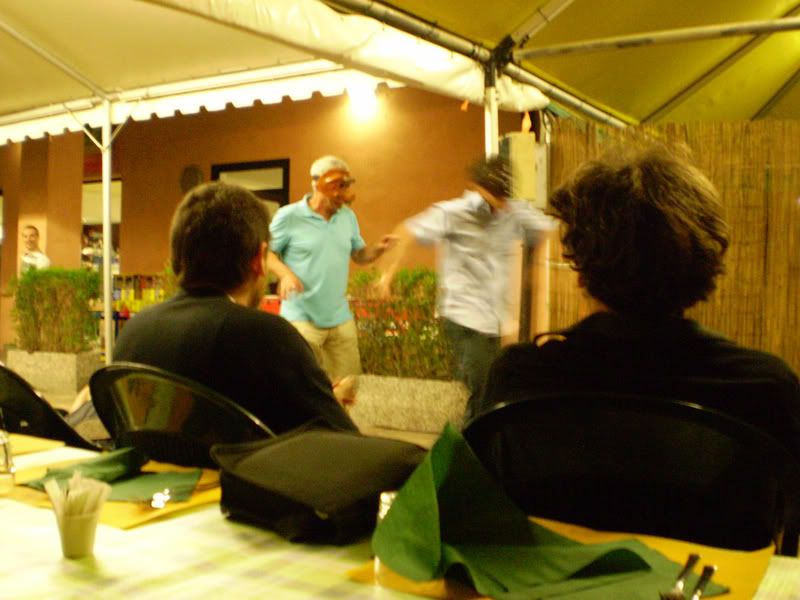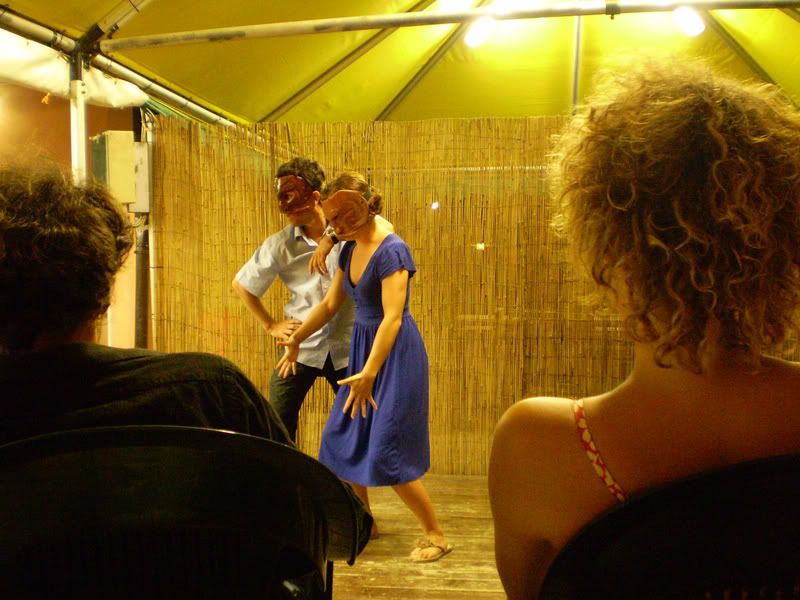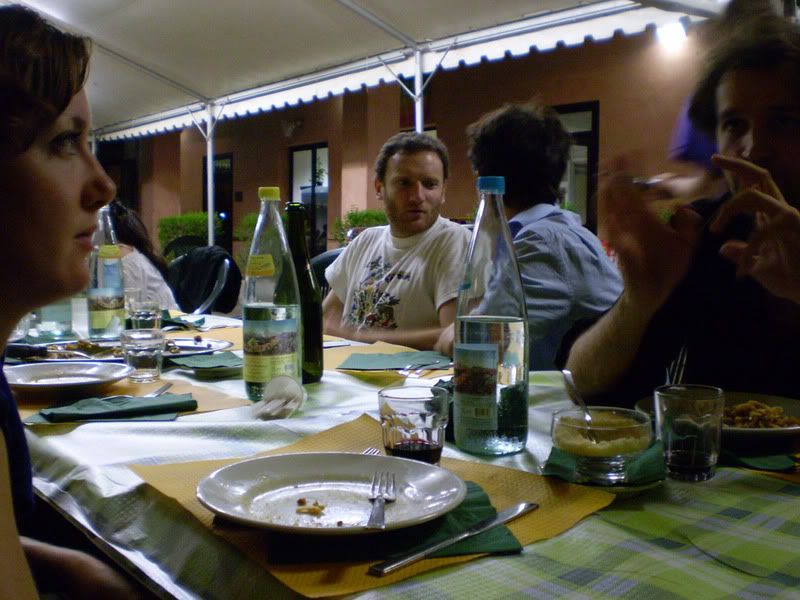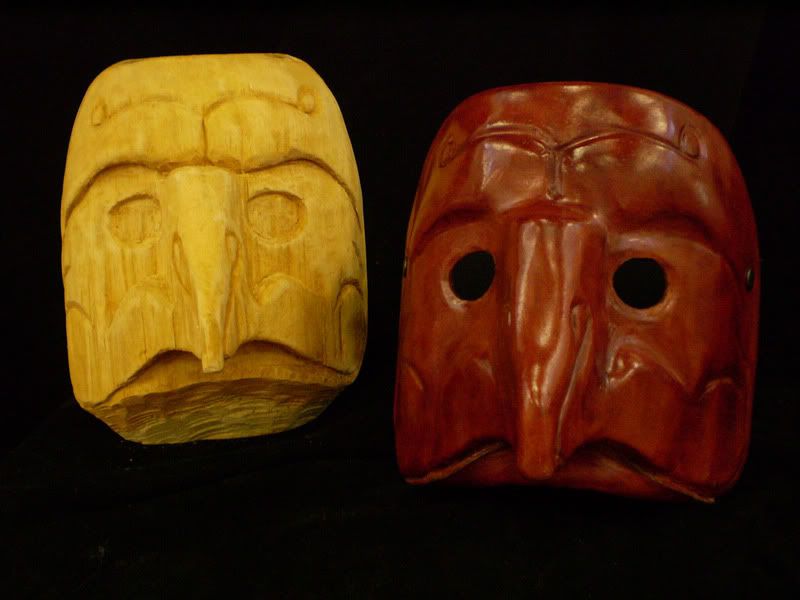Today was my first meeting with Dr. Saltz about UGA's upcoming production of
The Changeling. I will be designing the costumes as the pratical portion of my MFA Thesis project over the next few months. Because I'll be producing a thesis paper both about the play itself and the process of my design, I'm blogging as I go. This will make me stay on track--or at least that's the goal.
The Changeling was written by Thomas Middleton and William Rowley in the mid 1600s, in that era after Shakespeare when the virtue of a play was seemingly determined by the highest blood/sex/sin:lines ratio. In the original version, the play follows two plots: the main plot, which I will refer to as the Beatrice plot; and the subplot, which I will call the Isabella plot. Others are unlikely to have categorized them thusly, but as I'm mildly obsessed with the characters of Isabella and Beatrice, and their alternative stances on the world, I'm going to.
In the Beatrice plot, many men have decided to sleep with her; she, in turn, is willing to use them for murder and other nefarious purposes in order to thwart her father and get whatever it is she wants. In the Isabella plot, many men have decided to sleep with her; she, while thoroughly irritated at her jealous (and substantially older--enough to be her father) husband for locking her up to keep her chaste, wants nothing to do with the lot of them. In the Beatrice plot, the servingman/conniver blackmails her over the sexual intrigue and "forces" her to sleep with him. In the Isabella plot, the servingman/conniver attempts to blackmail her over the sexual intrigue and she tells him right where he can stick it. In the Beatrice plot, everybody directly involved in the intrigue dies, Beatrice goes to hell, and the father figure mourns. In the Isabella plot, all of the men involved in the intrigue are thoroughly chastized for being morons, Isabella is lauded for her strength and attitude, and the father/husband figure admits he's a complete idiot and promises to stop being so jealous and let her have a life. I...am totally entertained by this. In my head, I've cast Beatrice as the pretty, shallow, perfect sorority/daddy's girl with a dozen credit cards and no clue, and Isabella as the angry punker with tattoos and attitude (Isabella's choice of chastity should not be misconstrued, by my simplifications here, as some sort of virtuous Christian woman's choice--in the context of the play, her denial of her potential suitors clearly stems less from some notion of a moral absolute and more from utter disgust and frustration at all the men in her life thinking they have some business directing her sexuality--she's pissed as hell at Alibius, her husband, for locking her up, but she's equally unimpressed with the shallow conniving of her other suitors, who clearly want her because they see her as pretty, and not for any other reason).
All of this, of course, became utterly irrelevant in the first few minutes of the meeting, when I learned that we are completely scrapping the Isabella plot and all related characters. I will admit to a certain amount of disappointment at that, though I recognize the practicality, both with regards to time and budget, of scrapping the subplot. In addition, the true strength of the play (in both plots) is in the substantial psychological realism of the characters, and just like in reality TV, sensible people (Isabella) just don't make for good drama (her plot, for reference, is the reason this play was technically classified as a comedy).
Which brings me to Dr. Saltz. He's looking to do a fast paced, modern, edgy adaptation of the Beatrice plot, with silioquies delivered like Reality TV confessional sequences into cameras feeding into live projections, film noir style lighting and heavy use of screens allowing characters to be shown often in silhouette. I like this, quite a bit, as it allows me to do a lot of things with shape and form, play with film-style shoulders up detailing for the focused shots, and, best of all, cloth the silly thing in light colors. I'm tired of tragedies staged in black, and there's a reason film noir featured a lot of light colors and khakis in the clothes--when you hit something with that heavily directional light and create those extreme shadows, you want them wearing something that will pop the contrast. The lights will give the play a moody feel--but the costumes will still be able to give the characters a frilly, light, superficial feel, which, to be frank, most of them need. This play doesn't have a lot of heroes--the closest you get is Tomazo, and he's kinda angry to be fully sympathetic. I'm excited about this feel.
It also looks like I'll be getting a design assistant for the show--Mary-Margaret, one of our awesome undergrads in the costume shop, wants more experience with the design process, and as I'm trying to trend my experiences for future work teaching, it's good for me to have the experience of working with an undergraduate on a show. We pitched the idea to Tina in the shop today and got a positive response--later on I pitched it to Ivan and got the same, so hopefully that will turn into something official.
So yeah...time to hit the ground running.

































































